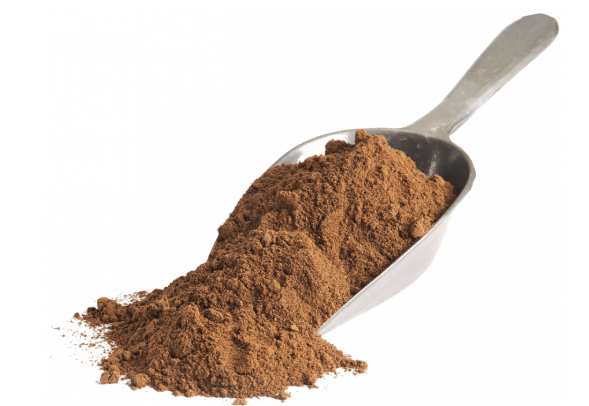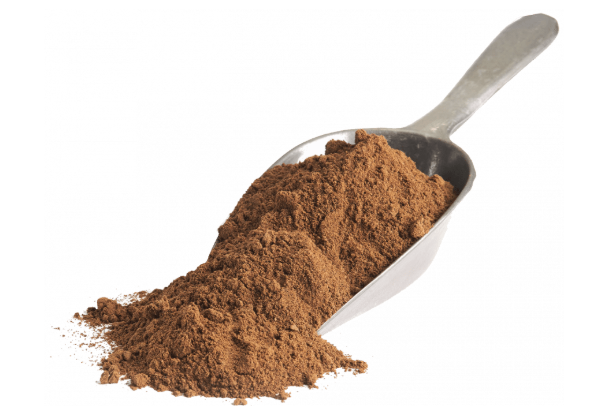Insects: the next wave of novel protein
- Nutrition
- Dog
The world is changing. The population is growing, developing countries are becoming more urbanized and climate change is accelerating. These factors contribute to a growing need for food and an increasing preference for animal protein, but with fewer resources available to fill that demand.
In Canada and the US, the population of dogs is on the rise and while the cat population has stabilized or fallen slightly, the global population is expected to grow as the human population grows and people have more disposable income. As pet food production expands, there will be increased competition for traditional protein sources.

Insects as food
Although the consumption of insects (entomophagy) is not popular in western culture, entomophagy is practiced around the world. Insects are nutritious, easily reared and have a low environmental impact. Insect farms require less water and land than grazing livestock and produce less greenhouse gases and ammonia emissions.
Black Soldier Fly Larvae
Nutritional value
- High in protein, fat, iron and calcium
- High quality and highly digestible protein
Sustainability
- Reared using vertical farming techniques that do not use agricultural land
- An upcycle diet (less waste to landfills); consume a variety of decaying organic materials - kitchen waste, fruits and vegetables, grains, corn, fish, animal tissue and crops contaminated with mycotoxins that are unsafe for human or animal consumption
- Zero water requirements; enough water can be obtained from the diet

Take a closer look: Black Soldier Fly Larvae Protein Powder
Source: Enterra, n.d.
- Smell: Roasted sunflower seeds (we aren't kidding)
- Look: a darker version of most protein powders on the market
Find this nutritious ingredient in our Wholesome Blend® Pea Free Turkey & Pumpkin and Cod & Pumpkin formulas.
Sources
American Veterinary Medical Association. (2018). Pet Ownership and Demographics Sourcebook. Retrieved from https://ebusiness.avma.org/Files/ProductDownloads/2019%20ECO-PetDemoUpdateErrataFINAL-20190501.pdf
Bosch, G., Zhang, S., Oonincx, D. G. A. B & Hendriks, W. H. (2014). Protein quality of insects as potential ingredients for dog and cat foods*. Journal of Nutritional Science, 3(29), 1-4. doi:10.1017/jns.2014.23
Bosch, G., Vervoort, J. J. M & Hendriks, W. H. (2016). In vitro digestibility and fermentability of selected insects for dog foods. Animal Feed Science and Technology, 221, 174-184.
Bosch, G., Fels-Klerx, H. J. V., Rijk, T. C & Oonincx, D. G. A. B. (2017). Aflatoxin B1 Tolerance and Accumulation in Black Soldier Fly Larvae (Hermetia illucens) and Yellow Mealworms (Tenebrio molitor). Toxins, 9(6), 185. doi: 10.3390/toxins9060185.
Canadian Animal Health Institute. (2019). Latest Canadian Pet Population Figures. Retrieved from https://www.cahi-icsa.ca/press-releases/latest-canadian-pet-population-figures-released
Enterra (n.a). Why Insects. Retrieved from http://enterrafeed.com/why-insects/FAO. (2012). FAO World agriculture: Towards 2030/2050. Retrieved from https://ageconsearch.umn.edu/record/288998/FAO. (2013). Edible insects: Future prospects for food and feed security. Retrieved from http://www.fao.org/3/i3253e/i3253e.pdf
Nguyen, T. T., Tomberlin, J. K & Vanlaerhoven, S. (2015). Ability of Black Soldier Fly (Diptera: Stratiomyidae) Larvae to Recycle Food Waste. Environmental entomology, 44(2), 406-10. doi: 10.1093/ee/nvv002.
Pet food Industry. (2017). Millennials led US pet ownership to 84.6 million in 2016. Retrieved from https://www.petfoodindustry.com/articles/6386-millennials-led-us-pet-ownership-to-846-million-in-2016.